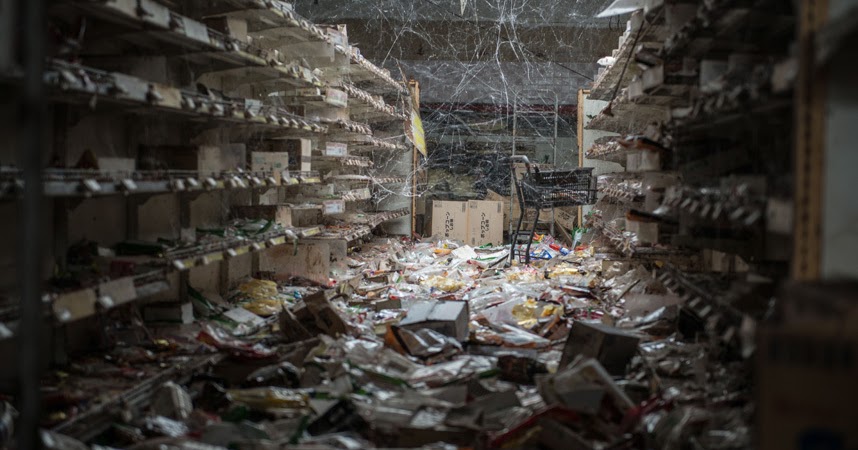

Research and development of the so-called “Generation 4” or “Gen IV” reactor design has been pursued since the late 1980s. Strangely enough, these "modern" safety features are not new. Indeed, If Fukushima had been equipped with modern safety measures, the reactor meltdown would not have occurred. The designs are largely old and outdated and the safety features do not reflect current technologies. Today, the world’s nuclear power stations are a mix of largely generation II and some generation III reactors, mostly built around 40 years ago.

With the failure of all safety system, the response team was forced to take a variety of steps that whilst ultimately effective, severely damaged the economic viability of the reactors.
#FUKUSHIMA 3RD REACTOR MELTDOWN SERIES#
This eventually led to the series of explosions and the reactor meltdown. With the loss of the backup generators the coolant failed to circulate and the reactor core temperature began to rise. It destroyed the diesel generators leading to failure of coolant systems in reactors 1-3. The tsunami following the earthquake on March 11th was an incredible 15 meters. The reactors were designed to withstand tsunamis-up to 6 meters in height. Though the main power supply was lost, the back-up generators kicked in to power the pumps to circulate coolant, which continued to effectively cool the core. As designed, the operating nuclear reactors automatically deployed control rods into the reactor core, suspending the fission reaction though the core continued to emit decay heat. Most are familiar with the story: On the morning of March 11th of last year a magnitude 9 earthquake hit Japan’s Northeast coast. Following the accident, interest surrounding nuclear has fizzled-the increased risk factor causing investment to appear much less attractive.įukushima did not result from unsafe reactor design and operator error, but rather unprecedentedly severe natural disasters. Though perhaps not subject to acute radiation sickness, tens of thousands of families were displaced from their homes as a result of the accident and the psychological and economic impacts have been extremely severe.Īs the world attempts to move towards a sustainable future, nuclear may well have a critical role to play, but the decision to invest in this technology must be weighed against the risks, chief amongst them the possibility of another Fukushima.

Still, the meltdown was undoubtedly catastrophic.

For example, no deaths have yet been attributed to the Fukushima disaster and members of the Health Physics Society suggest that radiation doses were too small to have much effect. However, in these cases, the actual health implications have been surprisingly moderate. Though such decisions were not singular responses to Fukushima, it cannot be denied that the disaster in Japan brought to the fore fears about the dangers associated with nuclear power in the minds of both the public and policy makers.Īccidents such as Fukushima are dramatic and appear quite deadly. By the disaster at the Fukushima Daiichi Nuclear Power Station. Following the disaster, countries such as Germany and Belgium launched initiatives to phase-out nuclear from their energy portfolio.


 0 kommentar(er)
0 kommentar(er)
